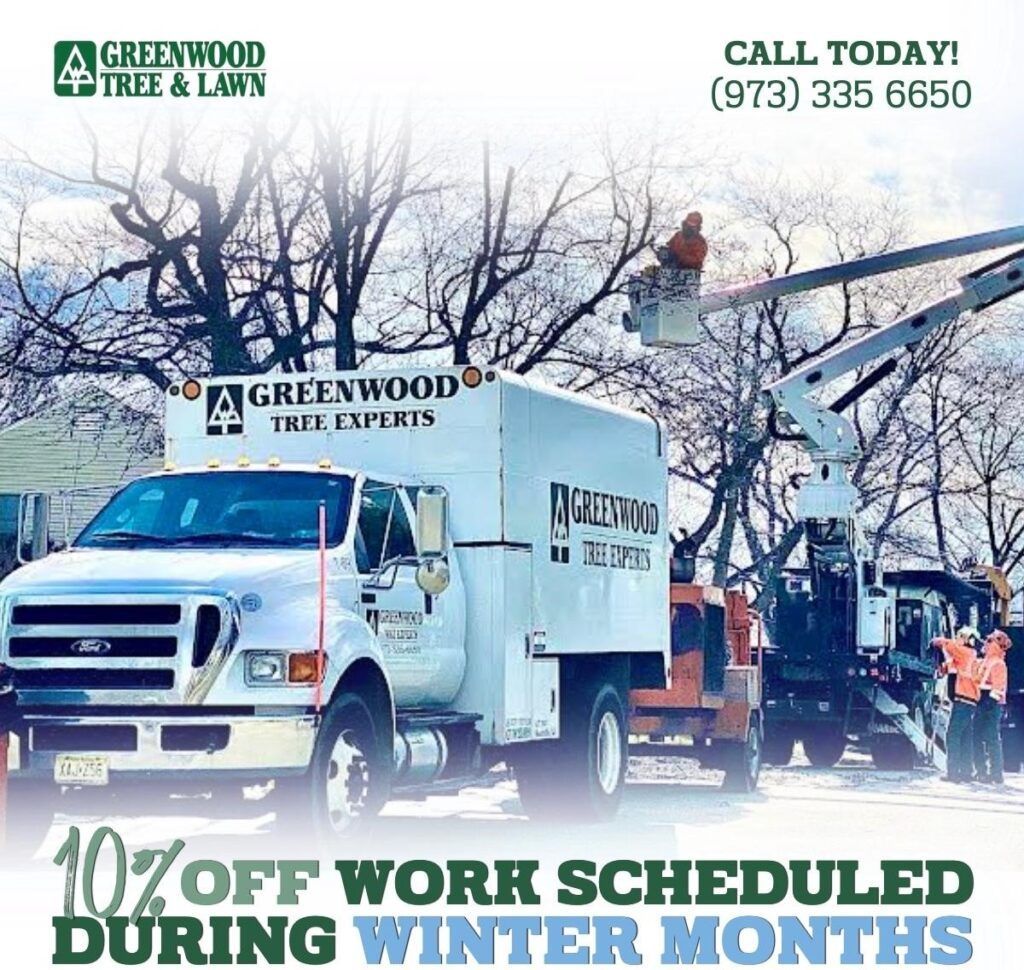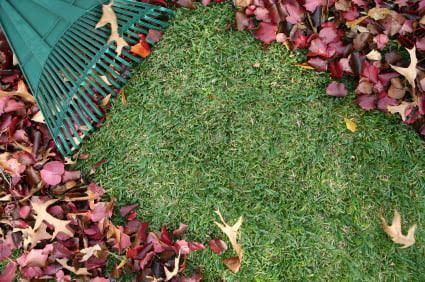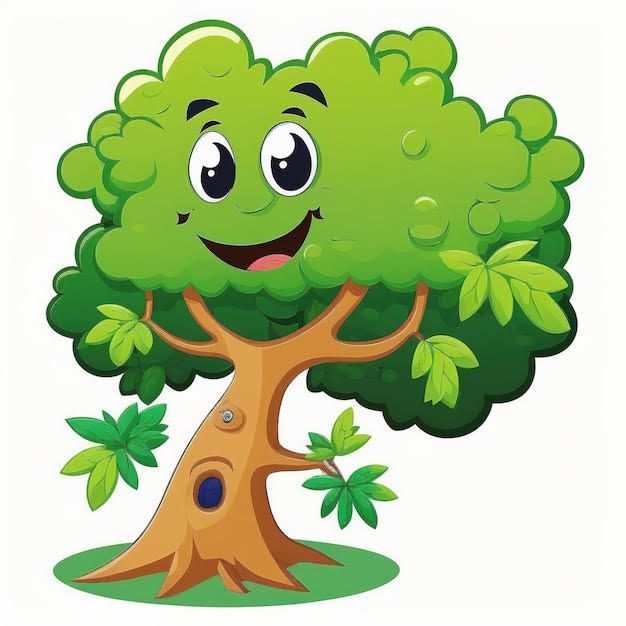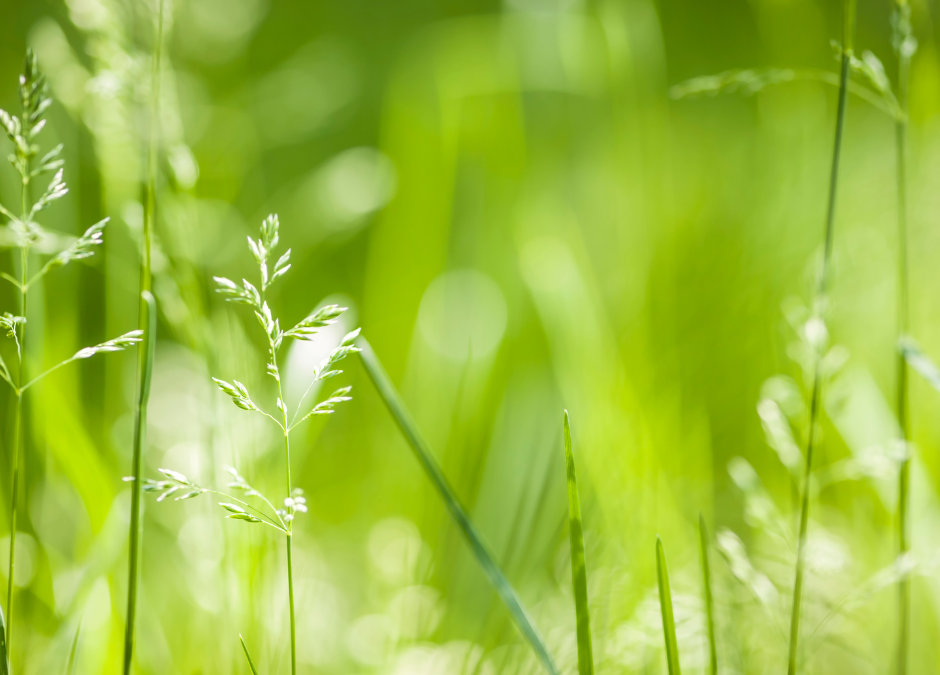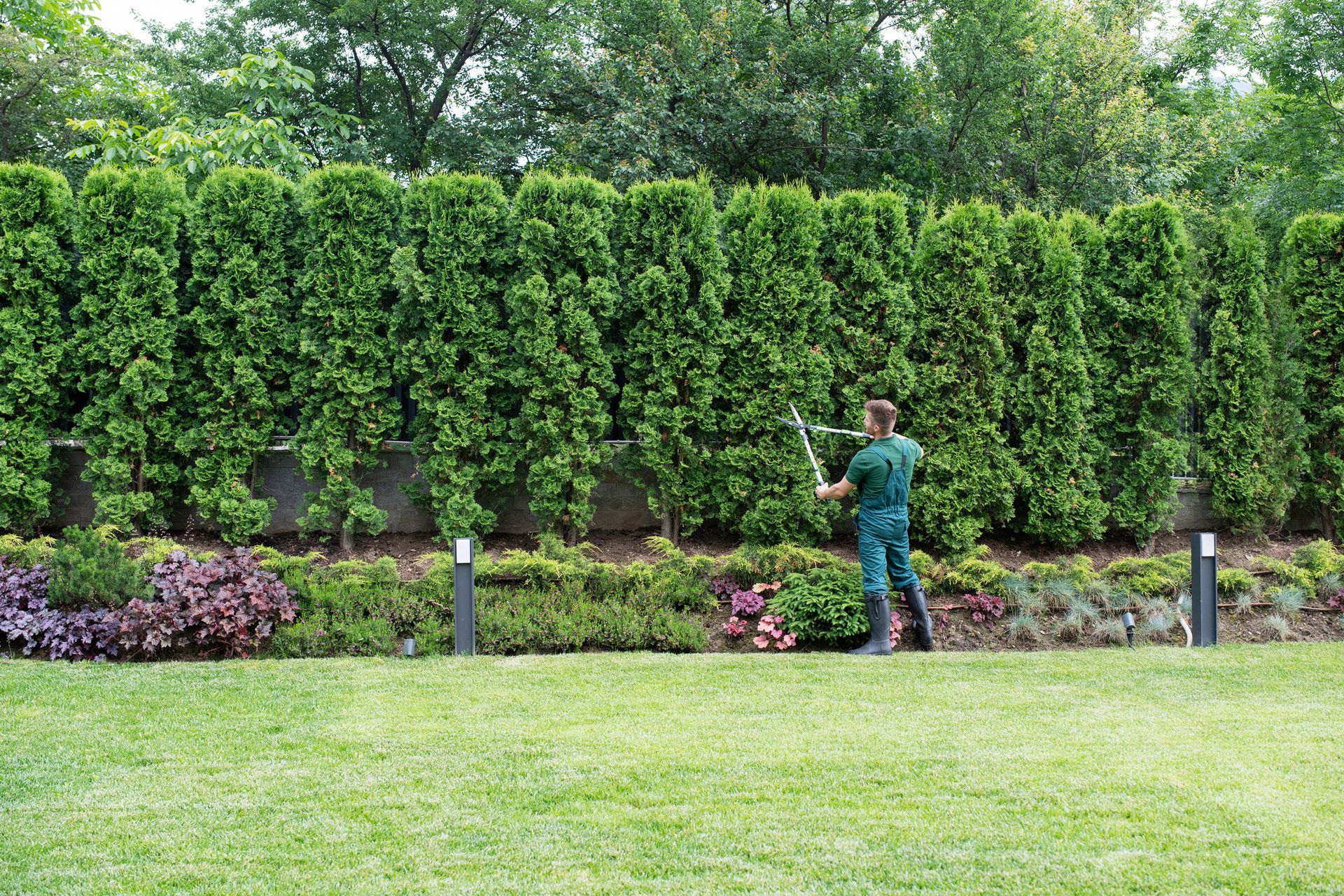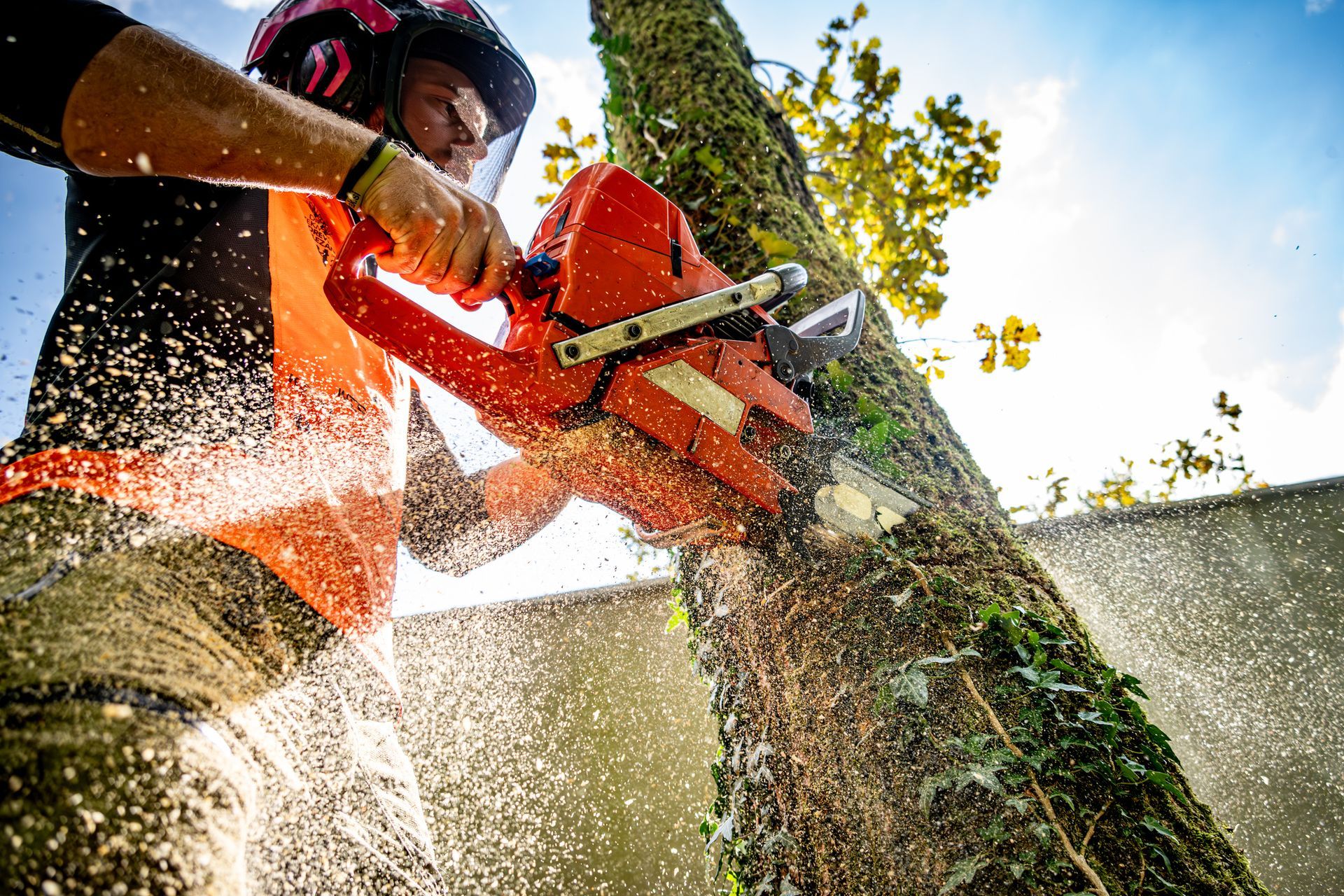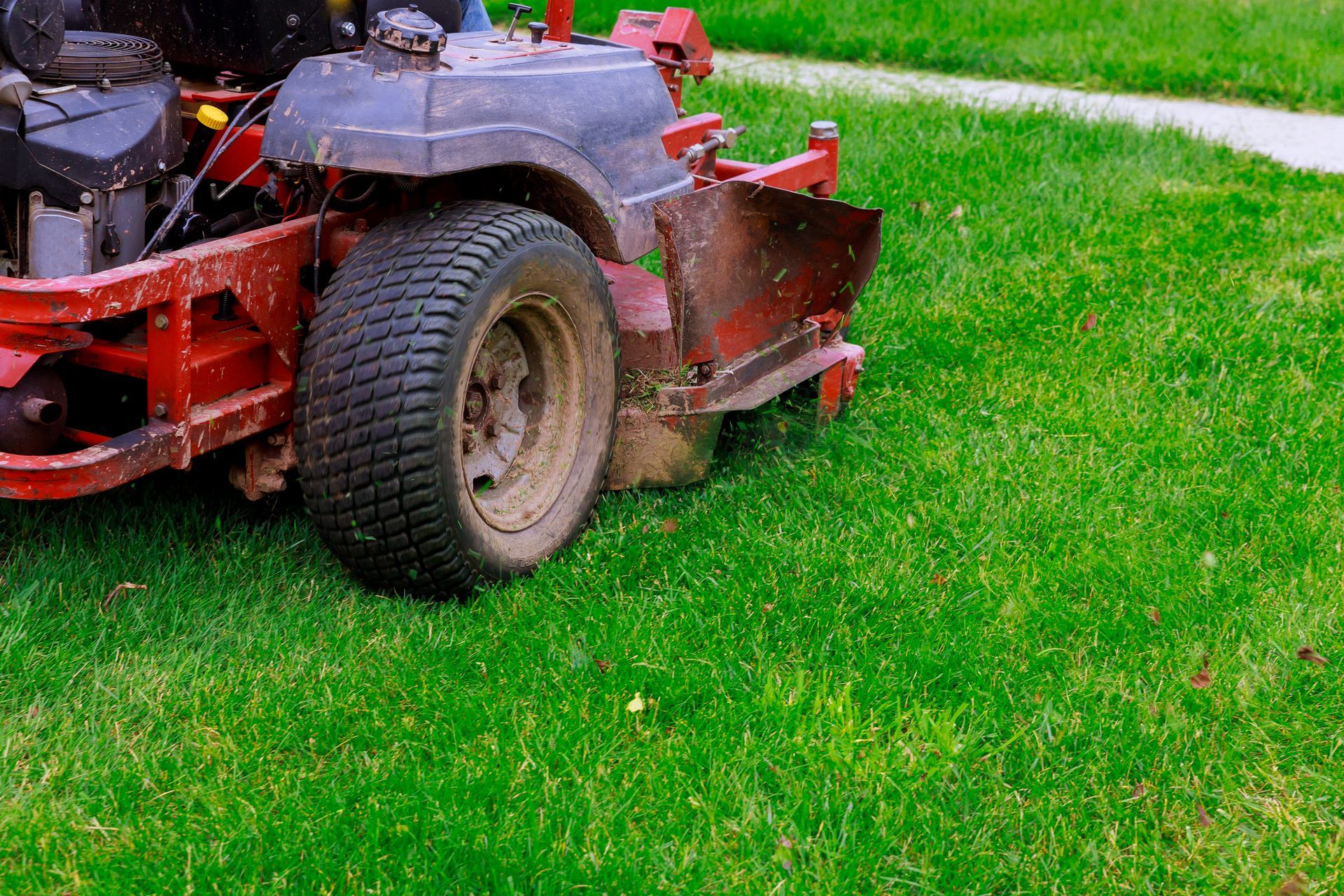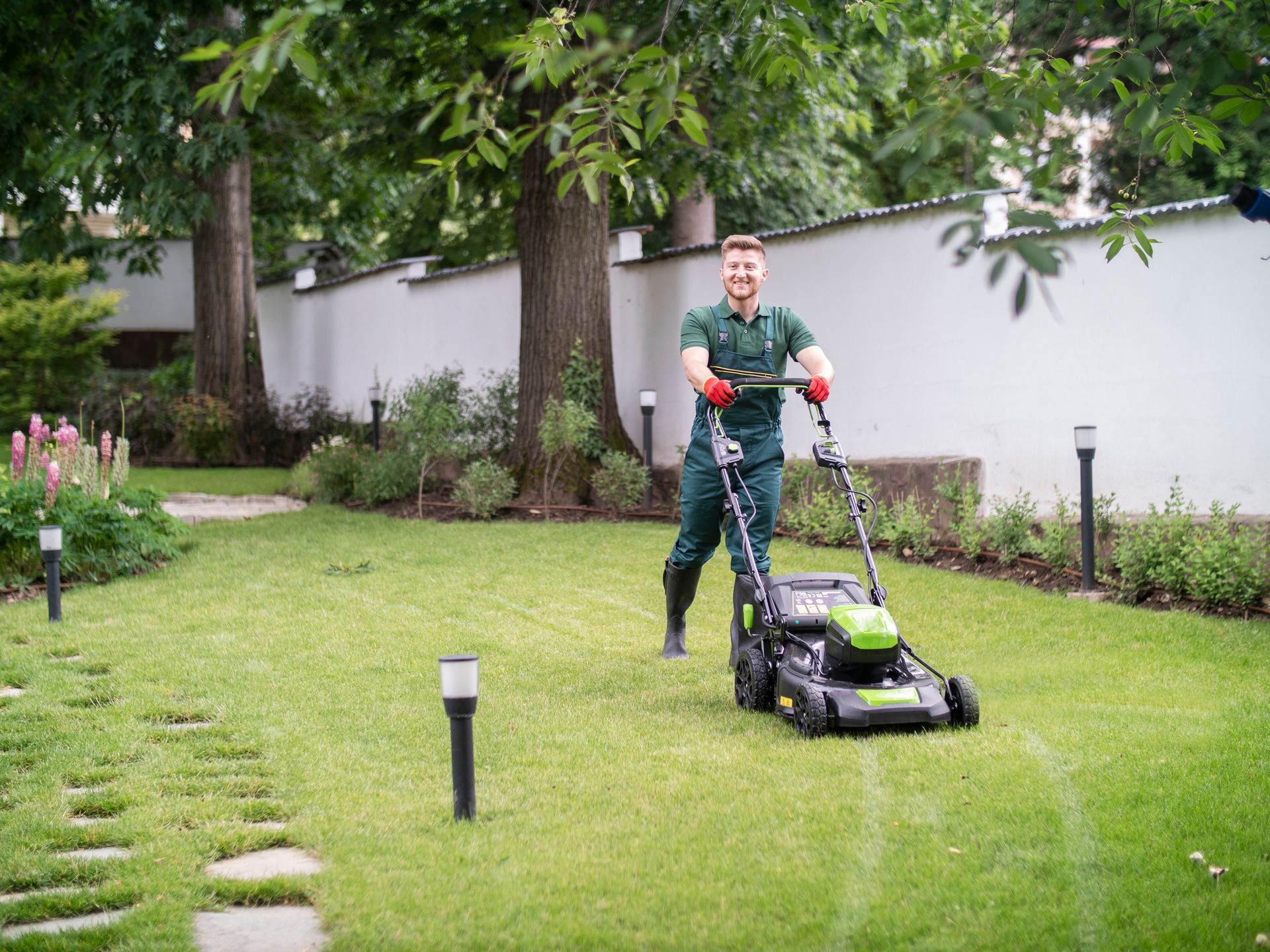Foliar Disease & Fungal Issues on Your Trees
It has been quite the beginning to the Spring season and now it’s heating up as we head towards summer. The heavy rains in the month of April and May have created ideal growing conditions for a number of fungal diseases that we are seeing in our urban forest. Many of these diseases are aesthetic issues, but there are some that can become problematic if left unattended.
Apple scab fungus and Diplodia are two prevalent fungal diseases in our local area year after year. They impact Crabapples and select Pine species (primarily Austrian & Scots) respectively. A round of treatments through the Spring and into late June is the best way to handle these issues. As far as Diplodia, planting something other than Austrian or Scots Pine will solve the majority of your problem, but if you have these trees treatments can be effective. Both of these fungal diseases can be impactful to your trees if allowed to occur year after year.
Some additional fungal diseases we are seeing in North Jersey include varying forms of anthracnose, maple leaf blister, and soon to be tar spot on maple trees. These are foliar diseases impacting the leaves of the trees, with anthracnose being the most damaging. Depending on the severity of spread in the tree will determine if treatment is warranted or not. Maple leaf blister and tar spot are primarily aesthetic issues and rarely cause significant impact to the tree.
Symptoms to look for on your trees include spotting on leaves, curling or blistering, or early leaf drop. The good thing about leaf foliar diseases is that the trees will refoliate after an early leaf drop, allowing the tree to continue to grow and produce energy over the growing season. The annual impact of these diseases can become compounding stress on your tree. Greenwood’s Certified Arborist can help you best determine the need for treatment and when.
Wet Springs with cool temperatures are ideal conditions for fungal and foliar diseases. Knowing what to look for and who to cool is your best tool for control. Check out your trees and see if you can identify any of the above symptoms and if so, contact your local plant health care provider to attain appropriate treatment for your trees. Thanks for helping to enhance our urban forest!
The post Foliar Disease & Fungal Issues on Your Trees appeared first on Greenwood Tree and Lawn.

